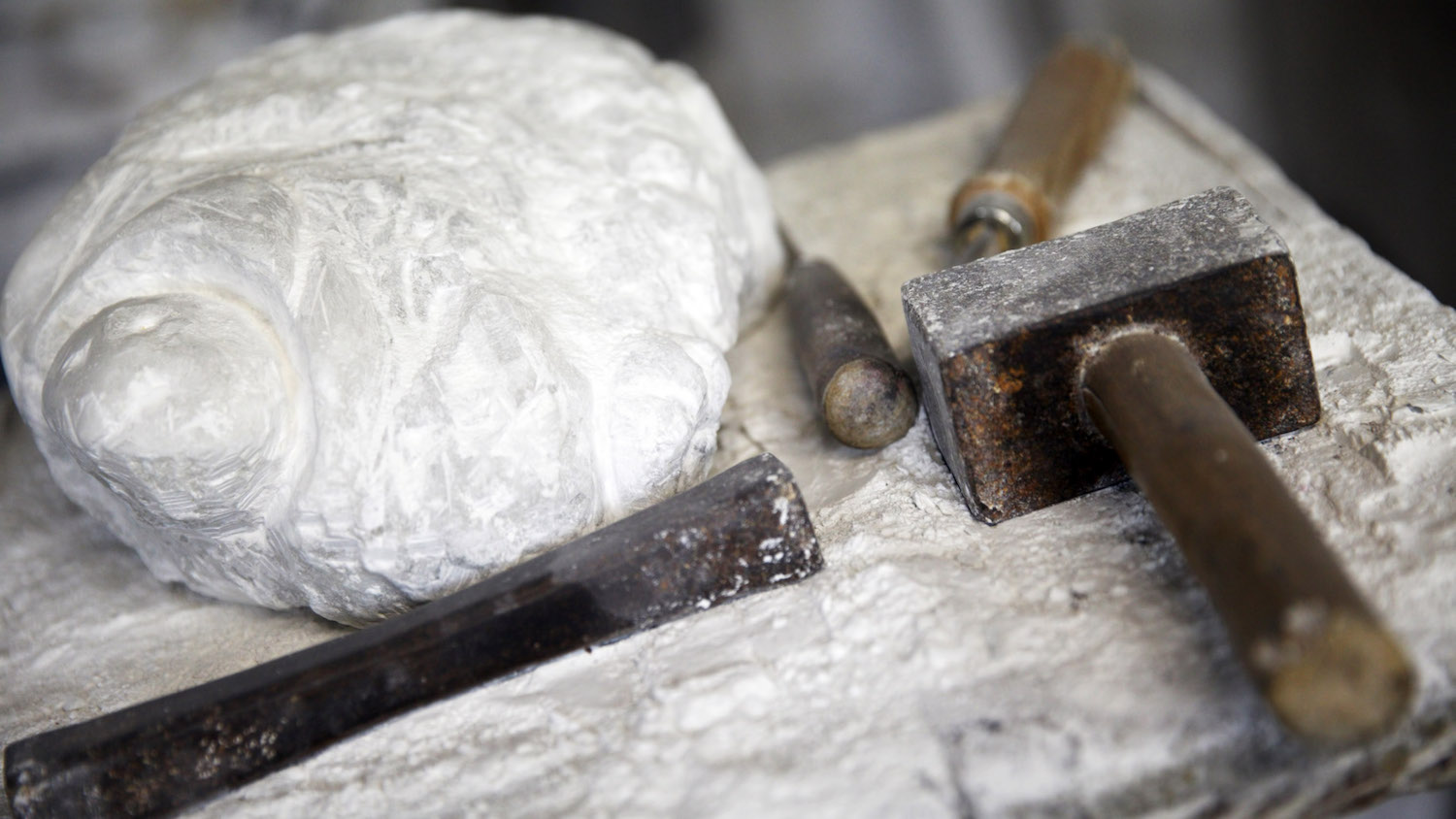
How to carve out a career in conservation
Diverse heritage conservation projects require diverse skillsets, as demonstrated by the team at Cliveden Conservation. Here, a conservator, a stonemason and a project manager tell Nadine Buddoo about their different disciplines and unique challenges
Amelia Morrison
Stonemason, Cliveden Conservation
Qualifications: History of Art at Goldsmiths, University of London; then a Level 3 Bankermasonry Diploma at the Building Crafts College
As a stonemason, Morrison spends the majority of her time on site, liaising with clients and ensuring project teams have everything they need. “In the past year, I have started running jobs as site foreman. Generally, my role is to make sure everyone knows what they’re doing and that we have all the kit we need,” she says.
Since joining Cliveden in 2017, Morrison has been involved in some of the company’s most prestigious projects, including the conservation and ongoing management of Reading Abbey Ruins, repairs to tombs and mausolea at Brompton Cemetery, work for the Royal Household and at various National Trust locations.
Morrison explains that “no two jobs are ever the same”, so it is important to “have an enquiring mind that goes alongside your training and experience”.
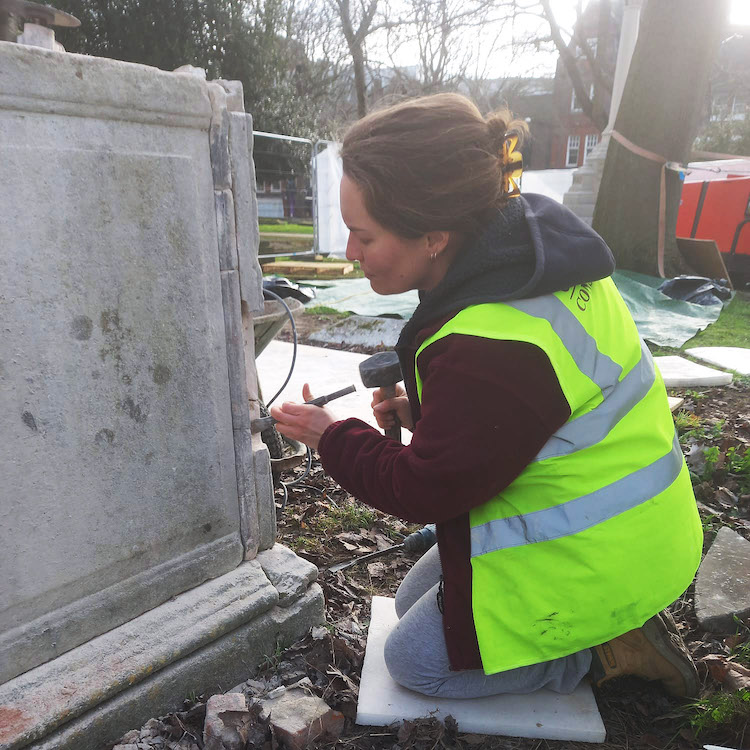
People often look to the oldest man in the group and assume he is in charge or I’m there for the admin. It can be quite interesting seeing people’s reactions when they realise they are wrong
Determination is also vital, she adds, especially as a woman on site. “The work can be tough and the environment can be tough. Remaining determined is key to success in the role.
“The assumptions that people sometimes make about women on site can be extraordinary. People often look to the oldest man in the group and assume he is in charge or I’m there for the admin. It can be quite interesting seeing people’s reactions when they realise they are wrong. It’s like watching a little sociology experiment every day.”
Morrison admits that she has experienced “imposter syndrome” when faced with these challenges on site. “Sometimes you have to fake the confidence – fake it until you make it,” she says.
“I’m also really lucky because at Cliveden Conservation I work with great colleagues who trust me and I trust them. That really helps to boost your confidence in the role.”
Reflecting on the strong relationships within the team, Amelia adds that it has been encouraging to see more male colleagues open up about their mental health and wellbeing.
“I feel like I’m in a privileged position where male colleagues feel comfortable talking to me about their mental health, which can be a sensitive topic. It is really positive that people are becoming much more open and honest.”
Berenice Humphreys
Contracts manager, Cliveden Conservation
Qualifications: History of Art and Archaeology undergraduate degree at the University of Leicester; then a postgraduate in Architectural Materials Conservation at Bournemouth University
Humphreys joined Cliveden Conservation as an architectural conservator, but since 2005 she has taken the lead as a project manager. She is responsible for ensuring there are no time or cost overruns which, she says, involves a lot of “ball juggling”.
Recent projects include overseeing a trial phase for designing future mortar repairs works to the west front of Wells Cathedral; lifting and setting a 5m x 8m Roman mosaic on the wall of Dorset Museum; and works to decorative plaster and timbers at St John’s College, Oxford.
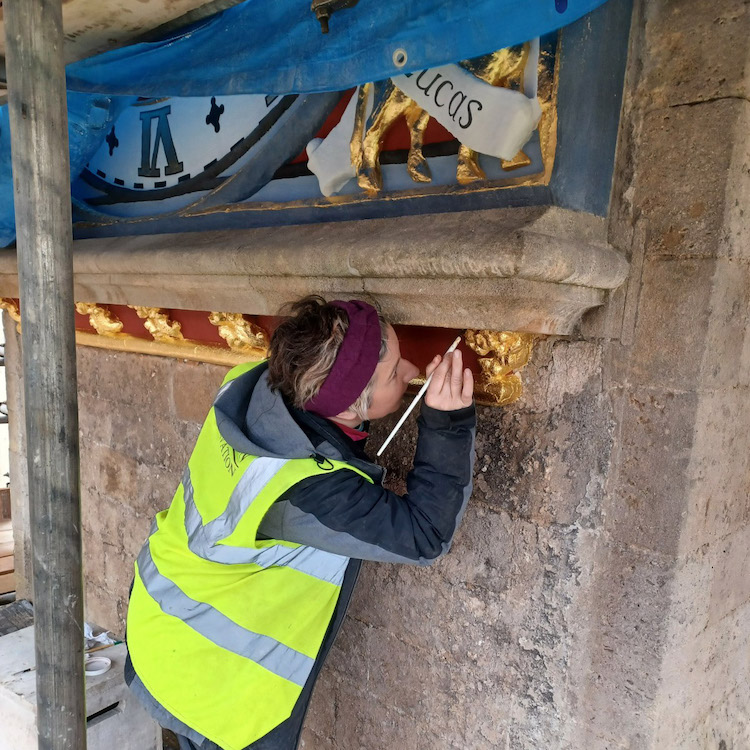
As I’m running multiple projects, I need to be able to slot people into projects and understand what will be required technically. It is also important to have oversight of the schedule
With more than 20 years of experience in the contracting field, Humphreys spends much of her time consulting, estimating and negotiating with clients, architects and her team, and looking after the logistics of projects. These frequently require last-minute decision-making, as conservation of historic buildings is often unpredictable.
“My job is to ensure everyone has the tools and equipment they need to do the job,” she explains. “My role is not to tell everybody on site what to do. It is to make sure they are focusing on the job and they have everything they need to do it.”
In order to do that, Humphreys says, it is crucial to have the right technical knowledge. “As I trained in conservation, I have experience in stonemasonry and plastering, for example. That knowledge is fundamental in knowing who to put on what project and how to guide them on that project.
“As I’m running multiple projects, I need to be able to slot people into projects and understand what will be required technically. It is also important to have oversight of the schedule and know what the team will be doing next week, next month and beyond.”
Managing complex project schedules can be challenging, Humphreys adds, particularly when there are unexpected changes or requirements from a client. “The ability to oversee everything and organise everything is the fundamental skill,” she says.
“Sometimes you want to tear out your hair,” she laughs, “But overall, I get a real buzz from the role. I still feel excited about the job after all these years.”
Julia Gynn
Conservation manager (decorative arts section), Cliveden Conservation
Qualifications: Postgraduate degree in Conservation and Restoration at the University of Lincoln (then De Montfort University); in 2010, became an Institute of Conservation (ICON) accredited conservator
With 27 years of experience, Gynn is a line manager to the conservators in the decorative arts section. She estimates and manages projects and, where possible, still carries out practical conservation.
Gynn’s experience includes projects on the Roman marble cat at Powis Castle, the statuary collection at Petworth House, and at Syon House. The research and treatment carried out led to the successful replication of 18th century repairs composed of beeswax.

Supporting the team is not just about material knowledge or project management. It is also about focusing on the mental health aspect and making sure everyone is okay
“A typical day can include site visits to various properties for project management or surveying statues, mosaics or architectural floors, as well as my line management responsibilities,” she says.
“Supporting the team is not just about material knowledge or project management. It is also about focusing on the mental health aspect and making sure everyone is okay.
“Mental health and wellbeing were important before the pandemic but they were not so prominent. These issues have definitely come to the forefront in recent years.”
As well as supporting the conservators in the section, Gynn is equally passionate about the varied projects she works on.
“We get to visit some amazing places and work on some incredible projects,” she says. “I think sometimes it is easy to forget how privileged we are. We are so fortunate to be able to work on these incredible jobs.”
A particular highlight for Gynn was the conservation work delivered on the Piranesi Candelabra at the Ashmolean Museum, where her interest and experience in the techniques used by 18th century restorers were invaluable.
“It was a beautiful project and so intriguing. I was really lucky to spend two months working on the project.”
Comments
Comments are closed.



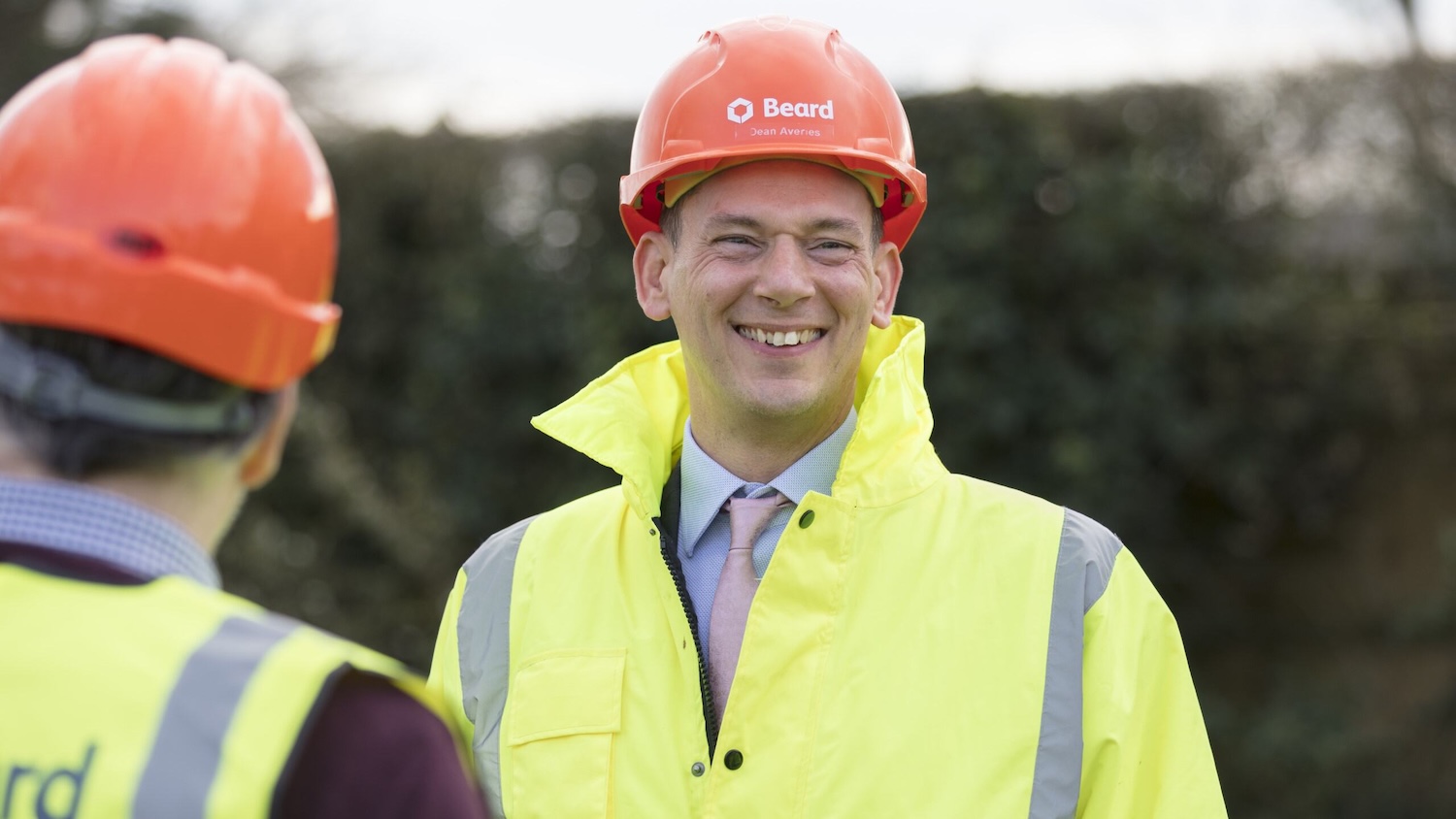

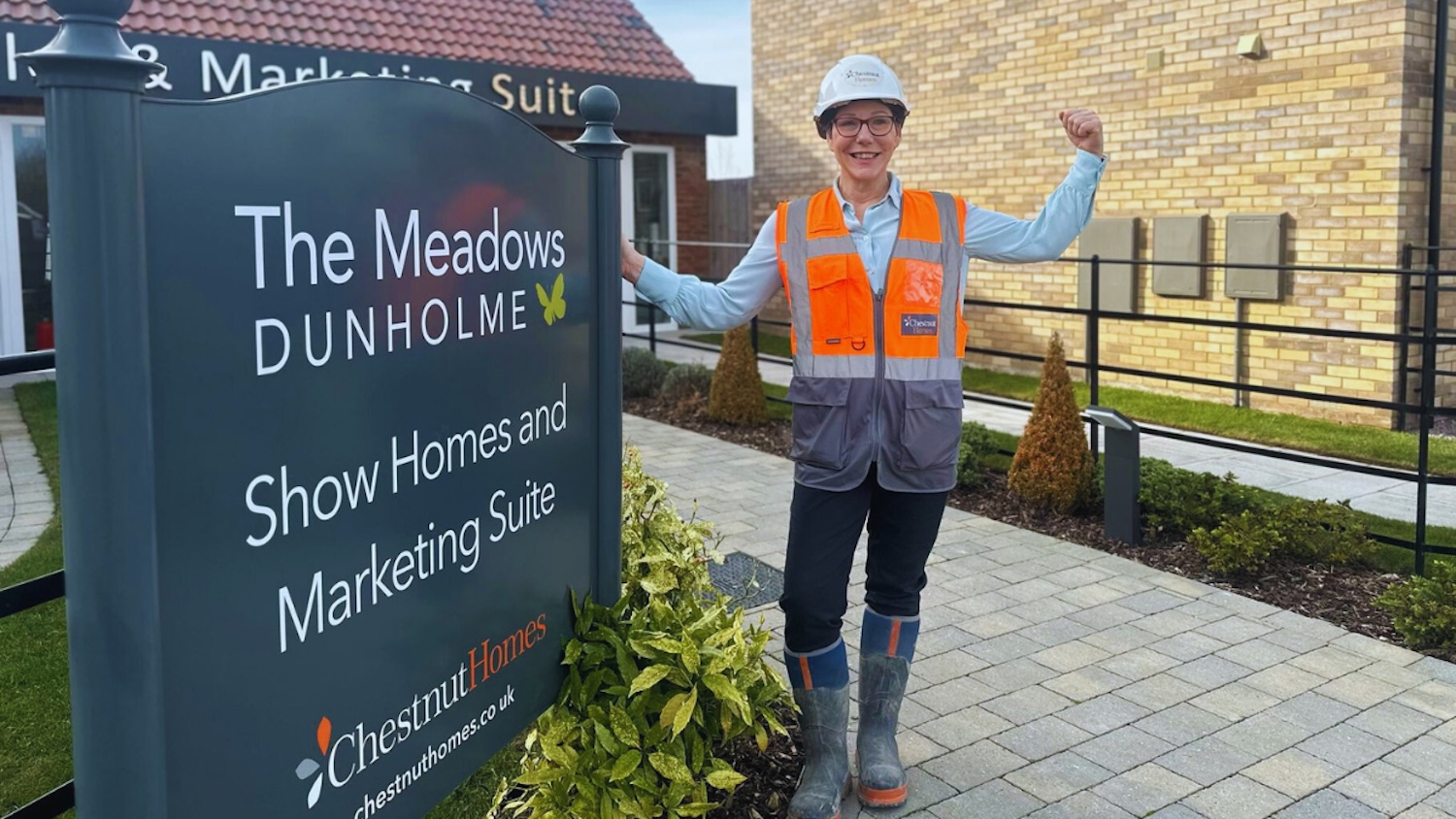
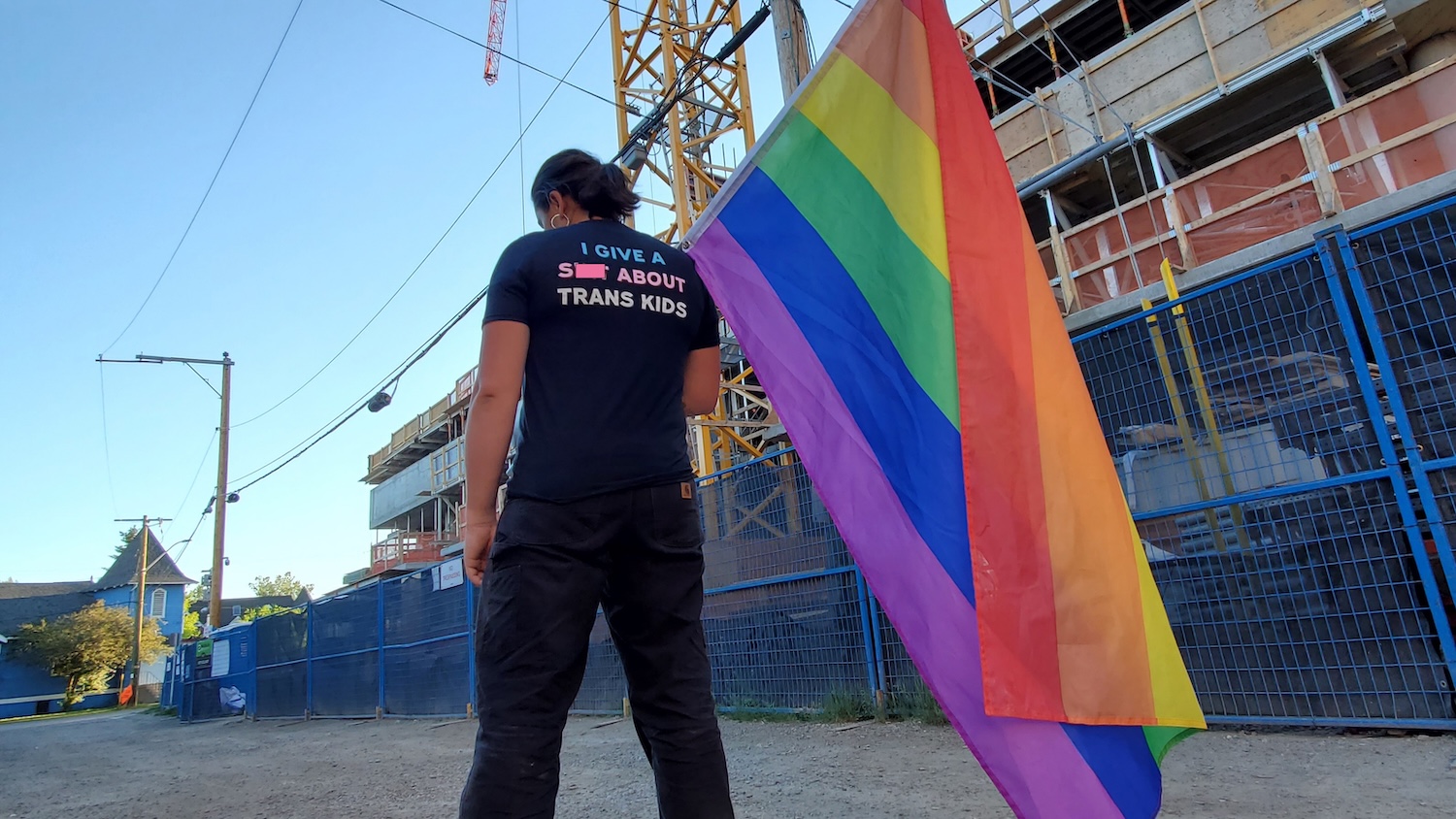
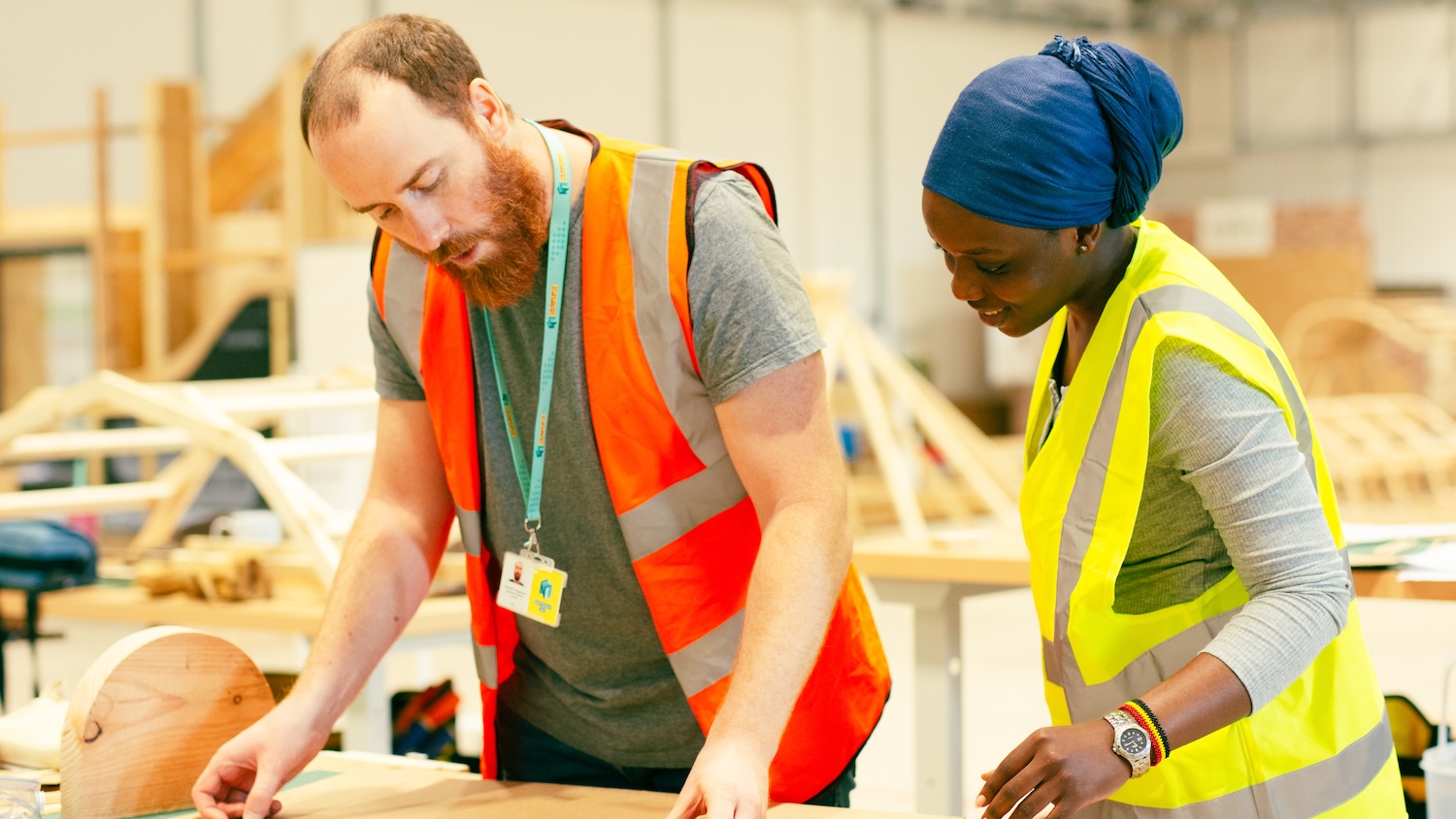
Excellent article, thank you.